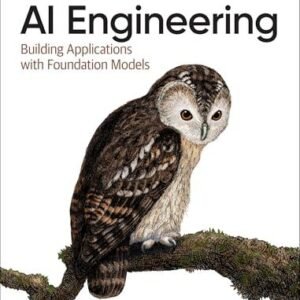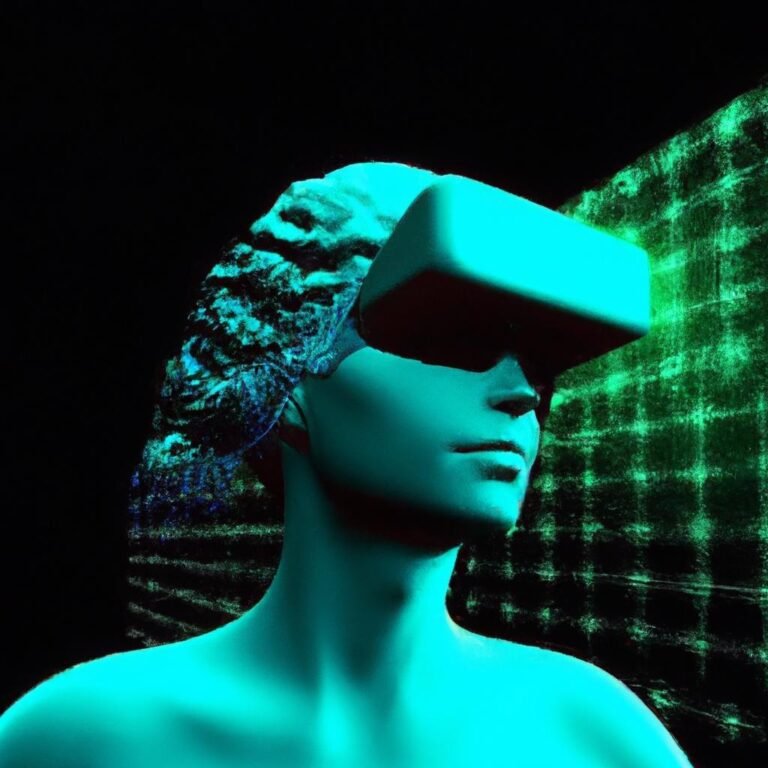In recent years, the convergence of artificial intelligence (AI) and virtual reality (VR) has ushered in a new epoch of immersive experiences that promise to revolutionize industries ranging from gaming to education and healthcare. As technological advancements accelerate, AI is enhancing the capabilities of VR environments, enabling more realistic interactions, personalized experiences, and sophisticated simulations. This article delves into the most significant AI-driven innovations shaping the VR landscape today, examining their implications for users and industries alike. From enhanced computer vision and natural language processing to adaptive learning systems, we explore how these groundbreaking technologies are redefining what is possible in virtual spaces, setting the stage for an exciting future where the lines between digital and physical realities continue to blur.
Table of Contents
- Innovative AI Applications Enhancing Immersive Experiences in Virtual Reality
- Transforming Industries: The Role of AI-Powered VR in Education and Training
- Real-Time User Interaction: AI-Driven Personalization in Virtual Reality Environments
- Future Trends: Anticipating the Next Wave of AI Innovations in Virtual Reality
- In Conclusion
Innovative AI Applications Enhancing Immersive Experiences in Virtual Reality
Recent advancements in artificial intelligence are revolutionizing the realm of virtual reality, creating increasingly immersive experiences that engage users like never before. By leveraging machine learning algorithms and natural language processing, developers are crafting virtual environments that adapt in real-time, offering personalized content and interaction. Key innovations include:
- Dynamic Environment Modeling: AI enables landscapes to evolve based on user interactions, making every session unique.
- Intelligent NPC Behavior: Non-playable characters (NPCs) become more lifelike, responding intelligently to players’ choices and actions.
- Emotion Recognition: Through facial and voice analysis, VR systems can adjust scenarios based on players’ emotions, enhancing engagement.
The integration of AI is also setting new benchmarks in content creation for VR. Tools powered by AI assist developers and artists in generating high-fidelity graphics and realistic animations at unprecedented speeds. This synergy not only reduces production time but also enhances the overall quality of immersive worlds. Here’s a look at some platforms leading the charge:
| Platform | AI Feature | Application |
|---|---|---|
| Unity | ML-Agents | Dynamic NPC Behavior |
| Unreal Engine | Deep Learning Assets | Realistic Textures |
| Blender | AI-Assisted Design | Environment Creation |
Transforming Industries: The Role of AI-Powered VR in Education and Training
Artificial Intelligence has paved the way for a new era in education and training by seamlessly integrating with Virtual Reality (VR) technologies. This powerful combination provides immersive learning experiences that adapt to individual needs, enhancing engagement and retention. AI algorithms analyze user interactions and performance, tailoring curricula to suit varying levels of proficiency and learning speeds. Among the many advantages of AI-powered VR in educational contexts are:
- Personalized Learning Paths: Custom content and challenges aligned to each learner’s progress.
- Real-Time Feedback: Instant assessments and corrective feedback improve understanding.
- Engaging Simulations: Safe, controlled environments for practical skill development.
- Accessibility: Opportunities for learners with disabilities, providing multi-sensory experiences.
Furthermore, the transformative impact extends into various professional training sectors, including healthcare, aviation, and engineering. AI-driven VR solutions facilitate realistic training scenarios that would be costly or hazardous in real life. A comparative look at training modalities illustrates the advantages of this integration:
| Training Method | Traditional Training | AI-Powered VR Training |
|---|---|---|
| Cost | High | Lower over time |
| Engagement | Variable | High |
| Safety | Risky | Completely Safe |
| Scalability | Limited | Highly Scalable |
Real-Time User Interaction: AI-Driven Personalization in Virtual Reality Environments
The integration of artificial intelligence into virtual reality environments is revolutionizing user experiences, allowing for a level of personalization that adapts in real time. By analyzing user behavior, preferences, and interactions, AI can dynamically modify elements within virtual spaces to create a more immersive and tailored experience. This real-time adaptability can manifest in various forms, such as personalized avatars, unique storyline paths, or environment alterations based on emotional responses detected through biometric feedback. The impact of these AI-driven changes is profound, leading to deeper engagement and satisfaction among users.
Moreover, the application of AI in real-time interaction facilitates customized social experiences within virtual ecosystems. Users can enjoy personalized interaction styles, catering to their social preferences, which can enhance both collaborative and competitive scenarios. Key features of this AI-enhanced interactivity may include:
- Dynamic Dialogue Systems: AI algorithms generate contextually relevant conversations based on ongoing interactions.
- Adaptive Environment Adjustments: The surrounding virtual landscape changes in reaction to user preferences and activities.
- Intelligent NPC Behavior: Non-Player Characters (NPCs) exhibit advanced, lifelike behaviors that respond uniquely to different users.
As this technology matures, the potential for enriched virtual interactions is promising, setting a new standard for what users can expect from their VR experiences.
Future Trends: Anticipating the Next Wave of AI Innovations in Virtual Reality
The fusion of artificial intelligence and virtual reality is poised to revolutionize how users interact with digital environments. Future trends suggest an enhanced personalization of VR experiences, driven by AI algorithms that learn user preferences and behaviors. This could lead to virtual spaces that adjust in real-time, providing tailored content and interactions that resonate with individual needs. By utilizing advanced machine learning techniques, VR platforms may soon incorporate features like intelligent NPCs (non-player characters) that adapt their dialogues and actions based on the user’s emotional and cognitive state, creating a more immersive experience.
Moreover, we can expect significant advancements in collaboration tools within virtual reality spaces. AI will enable smarter virtual assistants that facilitate seamless cooperation among users by managing tasks, offering contextual suggestions, and optimizing workflow. Additionally, the rise of automatic content generation in VR, powered by generative AI, could allow users to create unique environments and scenarios effortlessly, transforming the way worlds are built. As these technologies evolve, the immersive education sector will also benefit, offering learners interactive simulations tailored to their learning styles, ultimately bridging the gap between reality and digital learning.
In Conclusion
As we stand on the precipice of a new technological era, the convergence of artificial intelligence and virtual reality is redefining our perceptions of interaction, learning, and entertainment. The breakthroughs discussed in this article illustrate not only the tremendous potential of these innovations but also their capacity to transform diverse industries—from gaming to healthcare and beyond. As researchers and developers continue to push the boundaries, the implications of these advancements will likely ripple through society in ways we are just beginning to comprehend.
the future of AI in virtual reality promises a rich landscape of possibilities, one that invites collaboration and inspires imagination. Stakeholders across sectors must remain vigilant and adaptable, embracing the changes brought about by these technologies while considering the ethical dimensions and societal impact they unveil. The journey ahead is filled with possibilities, and as we explore these emerging trends, one thing is clear: the partnership between AI and virtual reality is poised to shape our digital experiences for years to come. Stay tuned for the next chapter in this exciting evolution.





